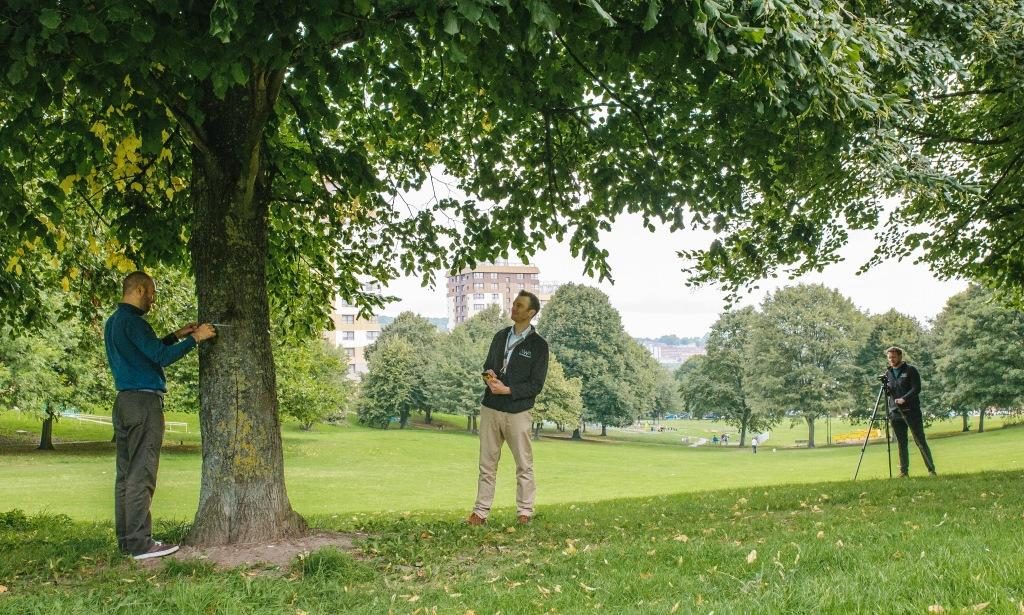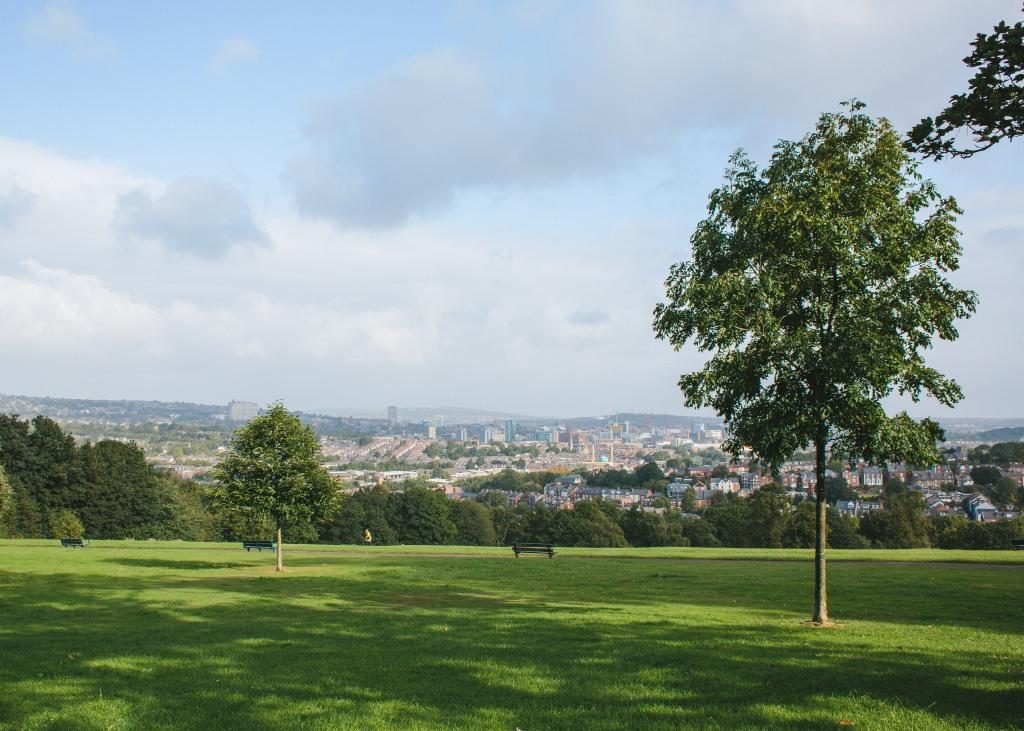
Trees can be a great asset to the environment but they can also pose a threat to the safety and public health. An arboriculture survey can help you assess the risks and make plans to limit damage while keeping the health of your trees and shrubs in mind. This article will discuss the basics of an arboricultural survey, how to use it, and when you should do them.
Table of Contents
What Is An Arboricultural Survey?
A tree survey is a technical report that is prepared by environmental consultants to ensure that trees and shrubs are protected and grown in all development plans. Tree surveys are also used to ensure trees don’t pose a threat to the structure of buildings or pose safety and health risks. This is often done with trees that have been damaged in the past. Many trees are also subject to Tree Preservation Orders, which prevent them from being felled, removed, damaged, or destroyed without the written consent of the local planning authority. A fine up to PS20,000 can be levied on anyone convicted or convicted of these offenses. These trees will be protected by the recommendations of arboricultural surveys.
The Best Times To Conduct An Arboricultural Survey
These are a few typical scenarios in which you can find yourself in need of an arboricultural survey. There are countless other reasons why you might require one, and this list is by no means comprehensive.

Looking For Planning Permission
To fully examine how tree development may affect trees near developments, local planning authorities must conduct tree surveys. Planning a tree survey will provide recommendations about which trees should be kept to maintain the guidelines and increase the chance of permission being granted. Development work must also consider how trees will develop over time. This will ensure that their roots, branches, and canopies don’t cause problems in the future.
Assuring Personal Safety
Trees can become dangerous over time due to damage from various sources, including storms, pests, and diseases. Arboriculturists can conduct a tree safety survey in order to determine how likely trees are that they will cause injury to people around them.
How Often Should Arboricultural Surveys Be Done?
Property owners and managers should conduct tree surveys on a regular schedule to identify potential problems before they become serious or dangerous to the property. Tree structure and stability can change rapidly, so it is a good idea to have an arboricultural survey done every two years. This can vary depending on other risk factors like location, storm damage, and the size and condition of the trees being surveyed.
